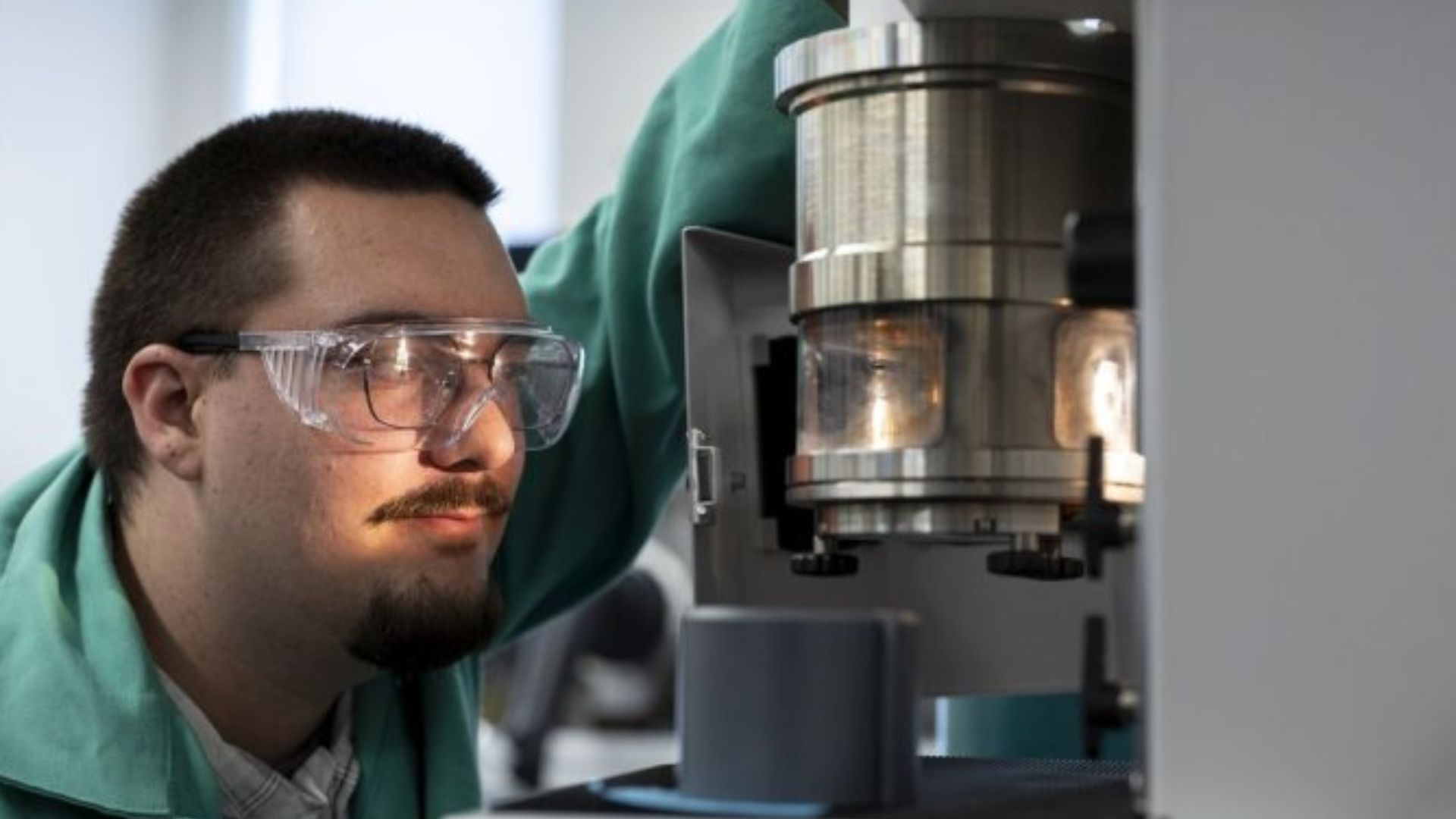A new high-energy compound has been synthesised with the potential to improve rocket fuel efficiency.
The University at Albany chemists synthesised the manganese diboride (MnB2) compound.
The compound releases more energy relative to its weight and volume than current fuels, which could make space flights more efficient and cost-effective.
MnB2 is over 20% more energetic by weight and 150% more energetic by volume than the aluminum presently used in solid rocket boosters.
The team says the high-energy compound only combusts upon contact with an ignition agent, such as kerosene.
This means a rocket can use less fuel to achieve the same performance, freeing up space for more mission-critical supplies and equipment.
“In rocket ships, space is at a premium. Every inch must be packed efficiently, and everything onboard needs to be as light as possible,” said Michael Yeung, Assistant Professor of Chemistry at the University at Albany, US.
Heated to an extreme level
Chemists have long theorized that diboride compounds possess unusual properties, but studying these properties was impossible because the compounds could not be created.
Thanks to new technology, scientists could successfully synthesize the unstable and highly energetic manganese diboride.
The synthesis process itself is an exercise in extreme chemistry.
Manganese and boron powders were pressed into a pellet, which was then heated to an extreme 3,000°C using an “arc melter.”
The resulting molten material is rapidly cooled, which locks in the unique atomic structure.
In this structure, a central manganese atom is unusually bonded to many other atoms, creating an overly crowded and strained configuration — much like a tightly coiled spring, ready to release energy.
“Successfully synthesizing pure manganese diboride is an exciting achievement in and of itself. And now, we can test it experimentally and discover new ways to put it to use,” said UAlbany PhD student Joseph Doane.
Computational modeling of structure
Further insights into the compound’s properties came from computational modeling led by PhD student Gregory John and computational chemist Alan Chen.
The models revealed a subtle “deformation” in the molecular structure. It showcased an atomic skew that directly accounts for the high potential energy stored within the material.
“Our model of the manganese diboride compound looks like a cross-section of an ice cream sandwich, where the outer cookies are made of a lattice structure comprised of interlocking hexagons,” said John.
“When you look closely, you can see that the hexagons aren’t perfectly symmetrical; they’re all a little skewed. This is what we call ‘deformation.’ We can use this measure as a proxy to determine the amount of energy stored in the material by measuring the extent of deformation. That skew is where the energy is stored,” John explained.
The versatile boron-based structure is also being explored for its potential in creating more durable catalytic converters for automobiles and as a catalyst for breaking down plastics.
This research highlights how scientific breakthroughs can happen unexpectedly.
